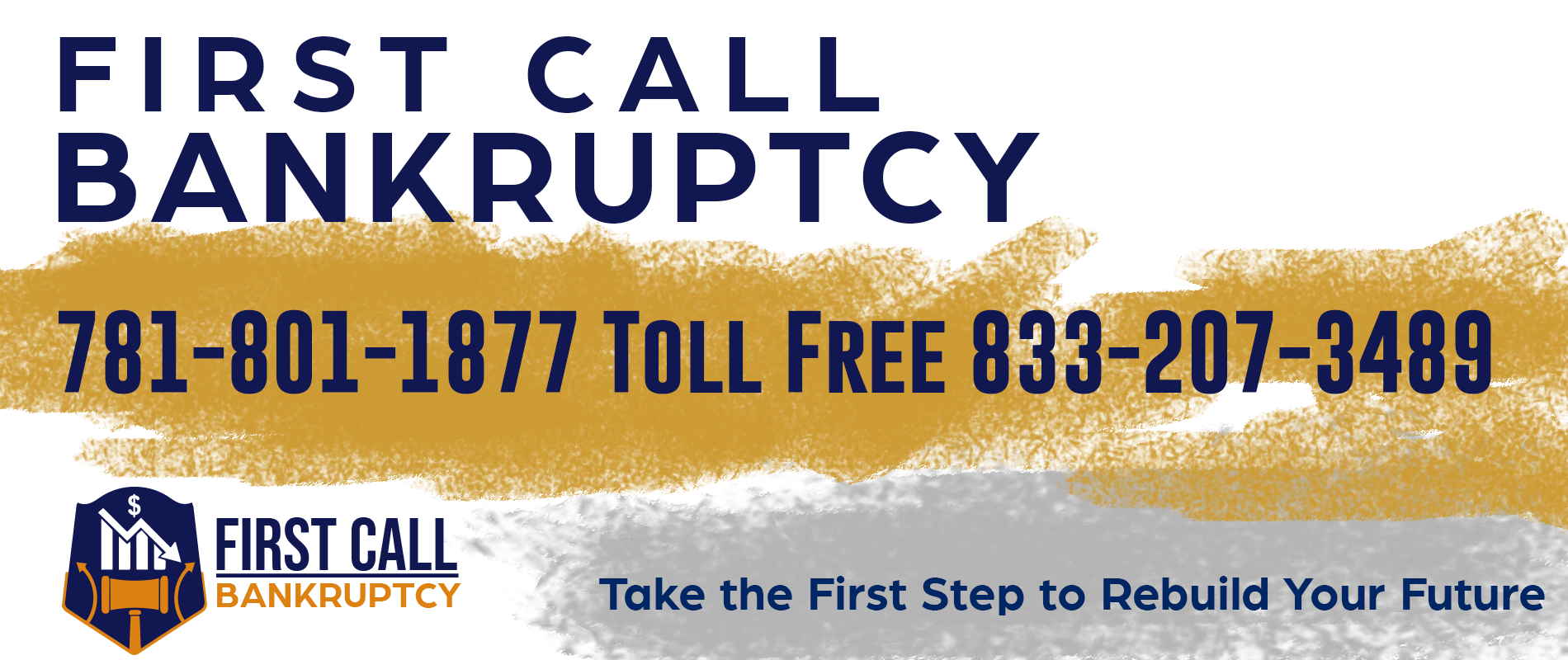 If you’ve ever encountered issues with your computer, you understand the importance of a fresh start. The same concept holds true when it comes to filing for bankruptcy. This process offers you the chance for a financial reset, but it’s likely you have questions about how the process works. Shutting down your computer, unplugging it, and rebooting it can help it function properly again; filing for bankruptcy can similarly help you regain control of your finances.
If you’ve ever encountered issues with your computer, you understand the importance of a fresh start. The same concept holds true when it comes to filing for bankruptcy. This process offers you the chance for a financial reset, but it’s likely you have questions about how the process works. Shutting down your computer, unplugging it, and rebooting it can help it function properly again; filing for bankruptcy can similarly help you regain control of your finances.
In general, how does the process of filing for bankruptcy work?
You will need to provide evidence of your income, debts, and assets to your attorney as part of the filing process. Your attorney will then review the documents and create a petition for bankruptcy, which is filed with the bankruptcy court.
At this point, your creditors will be notified, and the database of the court will receive a copy of the bankruptcy filing information. A trustee will also be appointed to oversee the proceedings.
The bankruptcy process will be complete once all of the creditors’ debts have been paid off, the assets distributed, and the court has determined that your debt plan is feasible and reasonable. The court will send out a discharge order, after which you will be relieved of the burden of your debt.
So, What is the First Step in Filing for Bankruptcy?
The first step in filing for bankruptcy is to determine which type of bankruptcy is best for your individual financial needs. This means researching different types of bankruptcy and speaking to an experienced bankruptcy attorney or financial adviser to see which option is best for your situation. Before filing, you will also need to complete credit counseling with an approved credit counseling agency which aids in understanding your financial situation better and is also a requirement for anyone filing for bankruptcy. You will also be required to complete a means test in order to determine eligibility for certain types of bankruptcy. Finally, you will need to gather all of the necessary documents and forms needed for your bankruptcy filing.
So, How Do You Navigate the Bankruptcy Process?
The best way to navigate the bankruptcy process is to find an experienced advisor or bankruptcy attorney to help you understand your options and guide you through the process. Your advisor will be able to evaluate your financial situation and help you determine the best course of action for your particular circumstance. They can also provide you with the information and tools you need to make the most informed decision possible. Additionally, you should research the different types of bankruptcy available and understand the implications of each. Additionally, create a budget for yourself, stay organized, and be honest and transparent with your attorney, trustee, and the court.
So, What are Some Differences Between Chapter 7 and Chapter 13?
- Timeframe: A Chapter 7 bankruptcy is typically completed within 4-6 months, whereas a Chapter 13 bankruptcy takes 3-5 years to complete.
- Eligibility: A person must have a regular, stable income to qualify for a Chapter 13 bankruptcy. Chapter 7 bankruptcy is available to those with all income levels.
- Debt: Under a Chapter 13 bankruptcy, you must pay back some of your debt, but with a Chapter 7 bankruptcy, most of your unsecured debts are forgiven.
- Types of Debt: Chapter 13 bankruptcy is available for secure debt, like a home or car loan but Chapter 7 bankruptcy is only available for unsecured debts, like credit card debt.
- Repayment Plan: In a Chapter 13 bankruptcy, the court prepares a repayment plan to maximize the amount the debtor can repay. However, Chapter 7 bankruptcy does not have a repayment plan.
The Effects of Bankruptcy on Your Credit in Massachusetts
How to Protect Your Assets and avoid foreclosures in Bankruptcy in Massachusetts
The Benefits & Disadvantages of Filing Chapter 7 for Bankruptcy in Massachusetts
Learn the Steps for Filing for Bankruptcy in Springfield, Lynn, or Revere, MA

